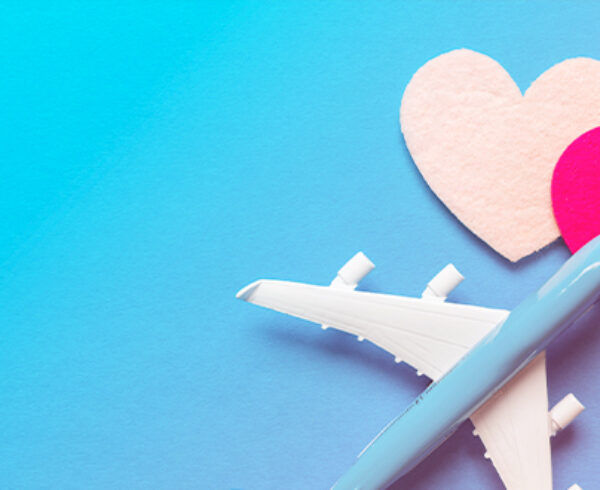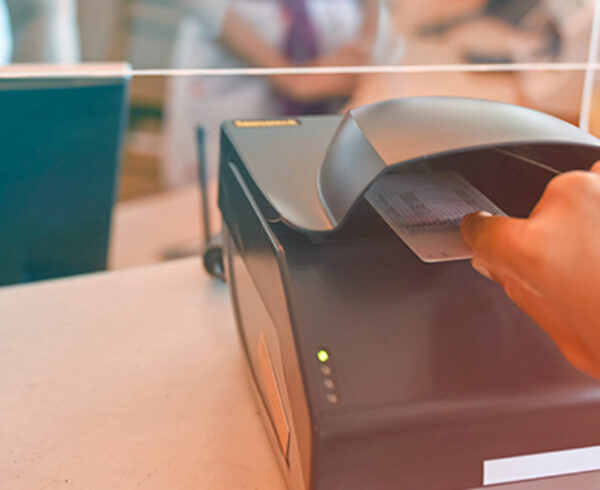In May, a JetBlue redesign program made headlines throughout the travel industry. The redesign will focus on updating JetBlue’s fleet of Airbus A320 aircraft, bringing more comfort, convenience and luxury to the passenger experience.
On May 2, the first plane to get the JetBlue redesign treatment flew passengers from Boston to Bermuda. Plans call for about 12 aircraft to undergo similar updates before the end of 2018, and JetBlue will redesign multiple aircraft each month throughout 2019 — until all of its A320s are redesigned to mirror the experience passengers enjoy when flying on JetBlue’s Airbus A321s. (Both the A320 and A321 are single-aisle aircraft commonly used for domestic flights, which makes them perfect for JetBlue and its routes limited almost exclusively to North America.)
Aug. 19 marks National Aviation Day, a time to celebrate the history of flight and the many incredible aviation achievements. In honor of American aviation and the many innovations that have brought us to this point in history, here’s a look at how JetBlue is innovating to improve the traveler experience.
The JetBlue A320 Redesign Offers:
1. Enhanced Comfort
In recent years, the airline industry has earned a reputation for packing as many passengers into the tightest spaces possible. The JetBlue A320 redesign is aimed at combatting that reputation by enhancing comfort for all travelers. In fact, JetBlue claims to offer the most legroom in coach then any U.S. airline. The company solicited customer feedback before designing new features to better serve those customers, including:
- Ergonomic Support: The seats themselves should be more supportive and comfortable after the JetBlue redesign, helping passengers to arrive at their destinations more rested and relaxed.
- Moveable Headrests: Frequent fliers know well the frustration of a faulty headrest that doesn’t adjust well and that fails to stay in place for the duration of a flight. The JetBlue redesign calls for moveable headrests that wrap around a passenger’s head and make it easier to get some sleep.
- New Seatback Pockets: The JetBlue redesign includes a completely rethought seatback pocket that maximizes organization and even includes a drink holder.
JetBlue is a little different than other carriers in that all seats are in coach — there is no business or first class on its A320s. That said, several rows in the front of the plane and located on exit rows are designated as “even more space” seats.
2. Greater Connectivity
Staying connected is one of business travelers’ highest priorities during trips. The JetBlue redesign will create greater connectivity, as well as new entertainment options. Specific updates include:
- Gate-to-Gate Wi-Fi: Passengers can use JetBlue’s Fly-Fi from gate-to-gate without interruption and without needing to power down devices. Find custom content available via The Hub, and stream Amazon Video when you’re ready to relax.
- Personal Screens: Each seat will include a 10-inch HD-capable touchscreen that doubles the size of what passengers currently find on JetBlue’s aircraft. A video on-demand program allows you to browse through hundreds of options to find content you want to watch.
- More Outlets: Every seat will include both power and USB outlets, providing passengers ample opportunity to recharge and stay connected however they need to.
3. Improved Personal Space
A big part of the JetBlue redesign is providing industry-leading space for its passengers. When you step onto a JetBlue flight on a redesigned A320, you’ll find:
- More Legroom: Passengers will get 32–33 inches of legroom on redesigned JetBlue A320s. This is the most coach legroom of any U.S. airline when measured by average seat pitch.
- Wider Seats: Seats on redesigned JetBlue A320s will also be widened to 18 inches, giving passengers more side-to-side space to accompany the additional legroom.
- Larger Overhead Bins: Expect larger overhead bins on redesigned JetBlue A320s, too. These larger overhead bins mean it will be easier to carry-on larger bags rather than checking luggage and wasting precious business travel time at the claim carousel.
JetBlue’s Updated Fleet
JetBlue owns and operates 247 aircraft. It uses 130 A320s and 57 A321s. By comparison, American Airlines owns and operates 956 aircraft, Delta owns and operates 886, and United owns and operates 757. (Size isn’t everything, though, as JetBlue can fight the larger airlines for share in specific markets — as it’s currently fighting Delta for market share at Boston’s Logan International.)
JetBlue’s A320s are its original aircraft. They offer 162 seats and the widest fuselage of all single-aisle aircraft currently used in commercial aviation. Because JetBlue’s A320s are its originals — most dating back to 2000 — it was most urgent to update them.
The A321s in JetBlue’s fleet are similar to the A320s, but they are a little bit newer and a little bit longer — some including 159 seats and others including 200. These A321s already offer many of the amenities and improvements being added to the A320s as part of the JetBlue redesign.
The JetBlue redesign should make the business traveler’s experience on the 2 different types of aircraft imperceptible to the average flier. The rest of JetBlue’s fleet includes 60 Embraer ERJ-190s, which are smaller (about 100 seats) and narrower aircraft. There are currently no plans to update JetBlue’s ERJ-190s.
Find the Most Convenient, Comfortable Flights for Your Business Travel
At JTB Business Travel, we are a comprehensive corporate travel agency that helps companies save on travel spend while also helping travelers enjoy the most convenient, comfortable experience possible. We can help travelers book flights that include the amenities they want and need, and we can also help in real-time if ever your trip is disrupted by weather, mechanical delays or other issues.
Learn more about our many services as a business travel agency.














Leave a Comment